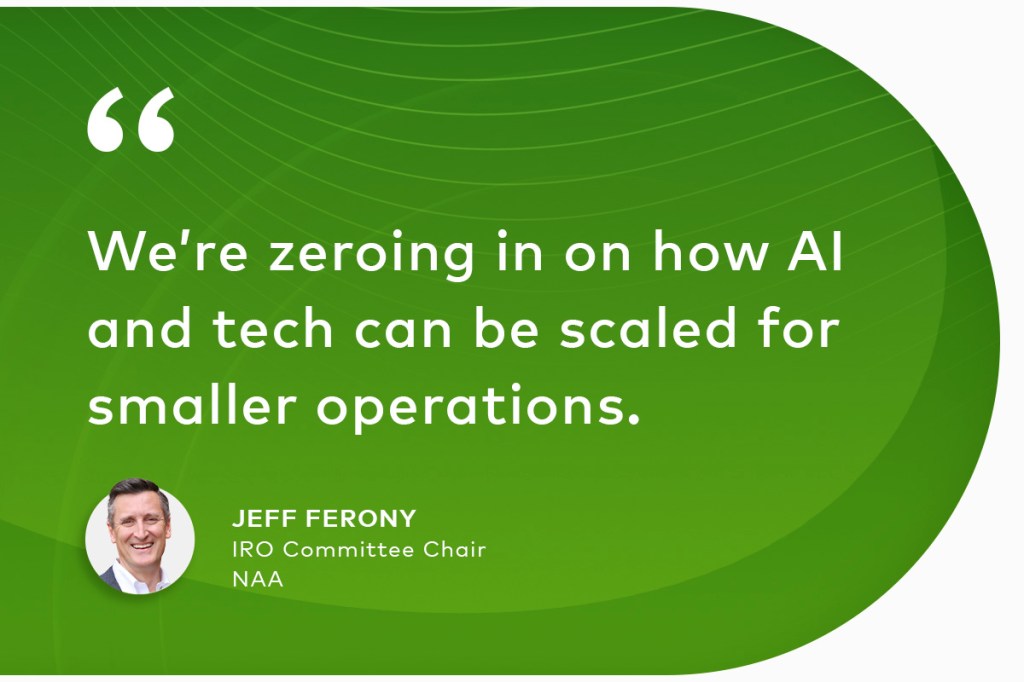
The relationship between landlords and tenants is filled with misconceptions and myths. One common myth that we’re going to address in this article is that landlords do not rely heavily on consistent rent payments to stay afloat.
This article breaks down how each dollar of rent is distributed, using the latest data from the National Apartment Association (NAA). Of course, these are just national averages, and individual cases will vary. Along with NAA, our goal is to help property managers and owners clearly communicate their financial realities to renters. For each part of this breakdown, we’ll provide an example of how technology can help you get the most from every cent of every dollar.
1. Owners: 7 cents of $1 of rent (Down from 10 cents in 2020)
Owners receive roughly 7% of a property’s total income. It’s common for people to “own” rental properties without realizing it. That’s because this small percentage also goes to investors in the form of pensions and 401(k) plans that are invested in real estate, often in the form of REITs. The success of these funds depends in part on the success of the rental property industry.
Inflation has risen faster than wages, so the decrease from 10 to 7 cents in income for property owners could be triggered by higher operational costs, higher property taxes and rising mortgage rates, leading to smaller profit margins. Small business owners and individual investors will feel it most, especially if they depend on rental income to make a living. The drop could also affect retirement plans tied to real estate investments. In some cases, it could reflect a market change, with more rental income being reinvested back into properties or other expenses.
How software can help
Good property management software can help property management companies save time and money by centralizing and automating routine tasks like maintenance requests, invoice processing, etc. Look for solutions that offer convenient online portals that investors and owners can use 24/7 to access important financial data and reports. The increased transparency and communication will improve owner and investor relations.
2. Payroll: 7 cents of $1 of rent (Down from 10 cents in 2020)
Property managers typically charge owners between 8-12% for their services. Of this, 7 cents of every dollar of rent collected goes towards payroll, which supports 17.5 million industry jobs. The decrease from 2020 reflects possible changes in the industry’s structure or an increase in operational efficiency.
The reduction going towards payroll could suggest that property management companies are finding more efficient ways to operate through either technological advancements or process improvements. This could also be happening in response to other rising expenses. Struggling businesses may be forced to reduce staff or wages, which could impact the job market and employee satisfaction.
How software can help
The right property management software will increase efficiency and reduce time spent on manual tasks, often by many hours per week. Yardi Breeze Premier client Rob Chiang, founder and CEO of RC Real Estate, reduced report compilation from 16 hours a month to just 45 seconds. “I work 10% as much as I used to, and we’re still expanding,” Rob said. “That’s exponential growth.”
3. Capital expenditures: 2 cents of $1 of rent (Down from 12 cents in 2020)
In 2023, only 2% of rent income is set aside for capital expenditure reserves, a major decrease from 2020. These reserves are crucial for funding significant repairs and updates (e.g., roof repair, HVAC replacements). They ensure properties stay in top condition for residents.
The decrease could be a response to financial pressures, or it could reflect a market trend of delaying maintenance to preserve cash flow. Property owners might be opting for cheaper, short-term fixes rather than investing in long-term capital improvements. This could be risky in the long term, potentially leading to a decline in property conditions and resident satisfaction. It might also signal a short-term focus on cutting costs to maintain profitability.
How software can help
Built-in job costing gives you the ability to track vendor, maintenance and other renovation costs from one place. We can’t change what vendors charge, but a platform such as Yardi Breeze Premier can help organize your preferred vendors, manage your budget and strategize more efficiently. This can reduce waste of financial resources, improve communication and save you significant time and effort.
4. Property taxes: 11 cents of $1 of rent (Down from 14 cents in 2020)
Property taxes remain a substantial part of rent. They support essential services including schools, emergency services, road maintenance, etc. Despite a slight decrease from 2020, they continue to be a crucial component of the rental breakdown.
Changes in local tax laws, property assessments and public policy may be contributing to this decrease. While this could provide short-term financial relief to property owners, it might have long-term implications for community funding and services.
How software can help
While it can’t change the reality of property taxes, property management software that includes robust accounting tools can simplify and streamline tax preparation. In fact, the right solution makes it easy to prepare and electronically file 1099s for free.
5. Operating expenses: 27 cents of $1 of rent (Up from 16 cents in 2020)
Operating expenses cover a wide range of necessary costs, including property and liability insurance, utilities and ongoing maintenance. In 2023, these expenses have increased, accounting for 27 cents of every $1 of rent. It’s more expensive than ever to maintain a property, and this is reflected in the 11% increase in operating expenses from 2020 to 2023.
According to the Pew Research Center, at the peak of the pandemic, 55% of eligible remote employees in the U.S. worked from home full-time. As of November 2023, this figure dropped to 35% (7% higher than the pre-pandemic estimate).
Another 41% of remote employees are working in a hybrid model. That means 76% of the population is working from home at least some of the time. Property managers are therefore seeing increases in energy use, wear and tear on buildings, etc.
Plus, with residents spending more time in their units, operators have seen the number of work orders increase. In addition to an increased workload, the rising costs of utilities, insurance and maintenance services could also be driving this significant increase in operating expenses.
How software can help
If energy use is a concern for you, Yardi Energy is designed to streamline utility billing and invoice processing. Take a look to find out how it can help you manage energy, meet sustainability goals and improve cost recovery.
6. Mortgages: 46 cents of every $1 of rent (Up from 38 cents in 2020)
Mortgage payments remain the largest expense for property owners. In 2023, they increased to 46 cents of every $1 of rent. This underscores the crucial role rental income plays in preventing foreclosures. As with the increases in operating expenses and capital expenditures, the 8% increase in mortgages is putting a strain on property management companies.
The increase could be due to higher interest rates, larger loan balances or changes in loan terms. Mortgages can also go up when owners finance property acquisitions or building improvements. If rental income doesn’t keep up with mortgage rates, this situation could lead to financial instability. It might also result in owners and investors being more cautious in their property investments, potentially slowing growth in the rental market.
How software can help
Like property taxes, this isn’t an area where property management software offers a direct solution. However, technology makes it easy to collect rent, manage invoices, connect with stakeholders, track maintenance and keep you moving forward. While mortgages and property taxes may impact your business plans from time to time, your software is there to help keep your business steady.
Conclusion
The shifts in the breakdown of $1 of rent from 2020 to 2023 reveal important trends in the property management industry. Across the board, we see increased financial pressure on property owners, rising operating expenses and higher mortgage payments. These shifts highlight the need for efficient property management strategies and technology to navigate a changing rental market.
Despite the myth that landlords are out to squeeze every last penny from their renters, the data shows otherwise. If anything, many owners are taking smaller cuts! By understanding the rental industry’s financial realities, it’s easier for property managers to set goals and priorities. Savvy property managers can use this knowledge to help renters see how their rent payments actively contribute to their community as well as the entire economy.



